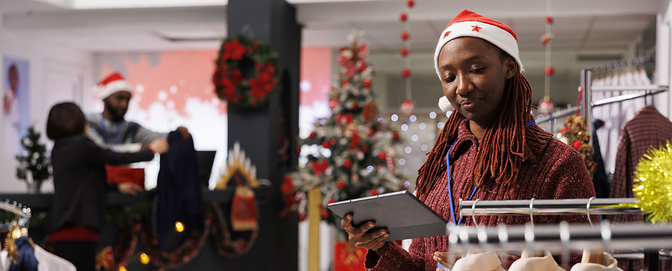
What is remote usability testing?
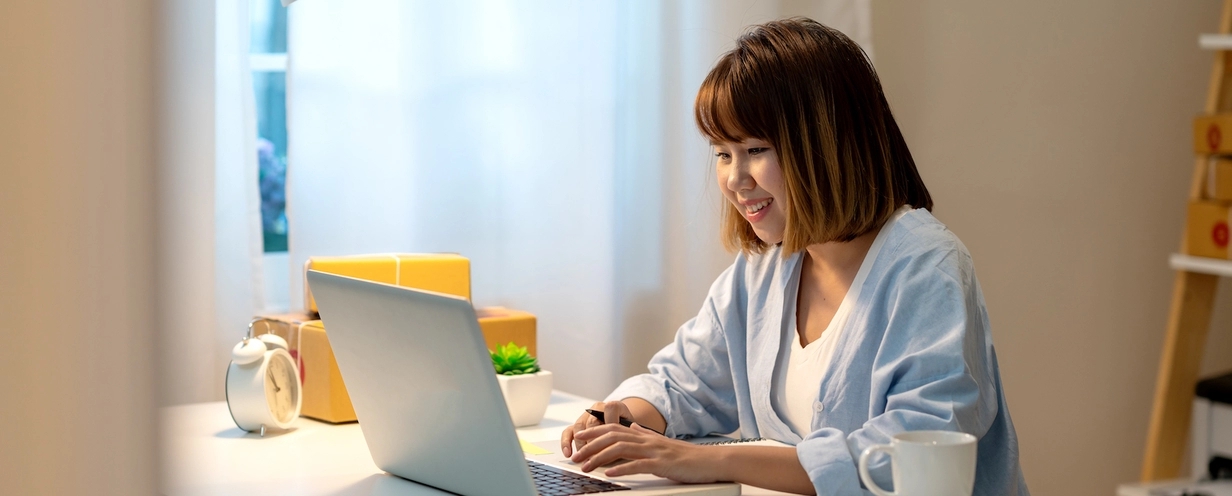
Repeat after me: you are not your user. That’s why putting yourself in their shoes is arguably one of the most important skills CX professionals should learn (and practice) in order to build products and experiences their users need and enjoy. While that may seem like a challenge, remote usability testing can make it less of a burden.
Through usability testing, designers, product managers, and researchers alike will uncover and understand how real people respond to products and experiences. From what they like and dislike, to where they get stuck and confused, to areas of improvement, the valuable insight gathered from these tests are sure to be eye-opening. To help get you started, check out some usability testing tools and usability testing examples from across industries to explore how it works in different contexts.
What is remote usability testing?
Remote usability testing is a method of remote research that uses an insight platform to record the screen (and voice, depending on the software you choose) of test participants as they interact with your product or experience in their natural environment—at home, in their office, or a specific location.
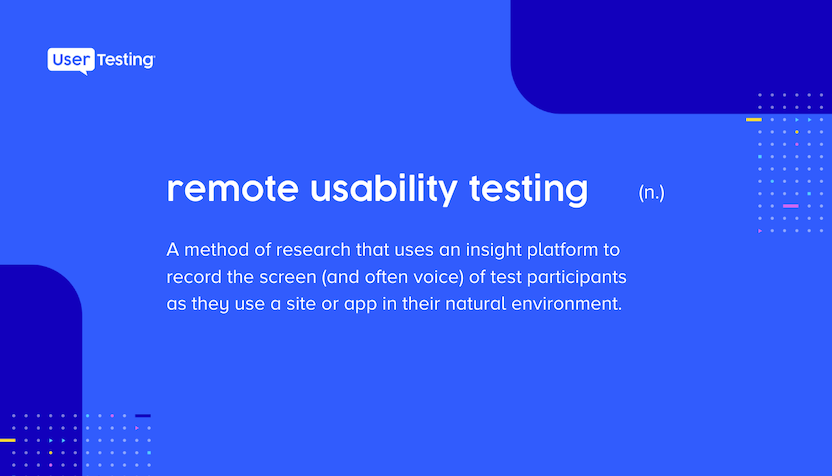
When to consider remote testing
Remote usability testing is an efficient way to capture real people completing real tasks. Here are some ideal situations in which to consider remote user testing and the key benefits:
1. Test where your customers are
One major benefit of this type of research is that your test participants aren’t limited to a specific location. This allows you to get the most accurate representation of the user experience—out in the wild.
Some key benefits include:
- Research that happens in the participant’s natural environment is more realistic than lab research
- Feedback and outcomes are honest and unbiased because the setting isn’t artificial
- Feedback is representative of a wider population because the geographical location can be more diverse
- Contextual findings emerge when a product is used naturally
2. Some research isn’t suitable for a lab
Some research just can’t be done in a lab. For example, if you’re trying to answer questions about how users interact with a product in a specific context—like a fitness app at the gym—then you’ll need to make sure your research happens in that location. We call that destination-based testing.
3. Some experiences aren’t digital
There may also be times when you need to observe something other than a digital experience on a computer or mobile device. Tasks, like navigating a theme park or installing a home thermostat, are great practical applications of remote usability testing.
Additionally, users often don’t complete an activity in one sitting (or through one channel), so it’s important to evaluate your omnichannel experience. That means any interaction a user has with your company while completing a single activity across multiple channels, like websites, apps, and even physical locations.
4. It’s faster and more cost-efficient
Probably one of the greatest business benefits of remote usability testing is that it’s faster and more cost-efficient. Because you’re not burdened with the logistics of in-lab testing, the constraints of travel and scheduling are nonexistent. Moreover, by testing with insight platforms, you have access to a panel of test participants that allows you to bypass the hassle of recruiting.
Rather than trying to find and compensate a group of target users on your own, you just designate your target audience and your testing platform will recruit users in their panel that match your description. This shortens the testing period to a few hours, rather than days or weeks, allowing you to get feedback and iterate right away.
In summary, remote usability testing allows you to:
- Gather feedback from real people for products and experiences
- Test location-specific experiences
- Test experiences across the customer journey, both digital and in-person
- Complete more tests in a shorter amount of time
Methods of remote usability research—moderated vs. unmoderated testing
Remote usability testing can be conducted using two different methods: moderated or unmoderated. While there are pros and cons to both methods, choosing which is right for you will depend on your specific situation and what your goals are.
Be sure to take a look at our post, Moderated vs. unmoderated usability testing: the pros and cons, to be sure you’re selecting the right method for you.
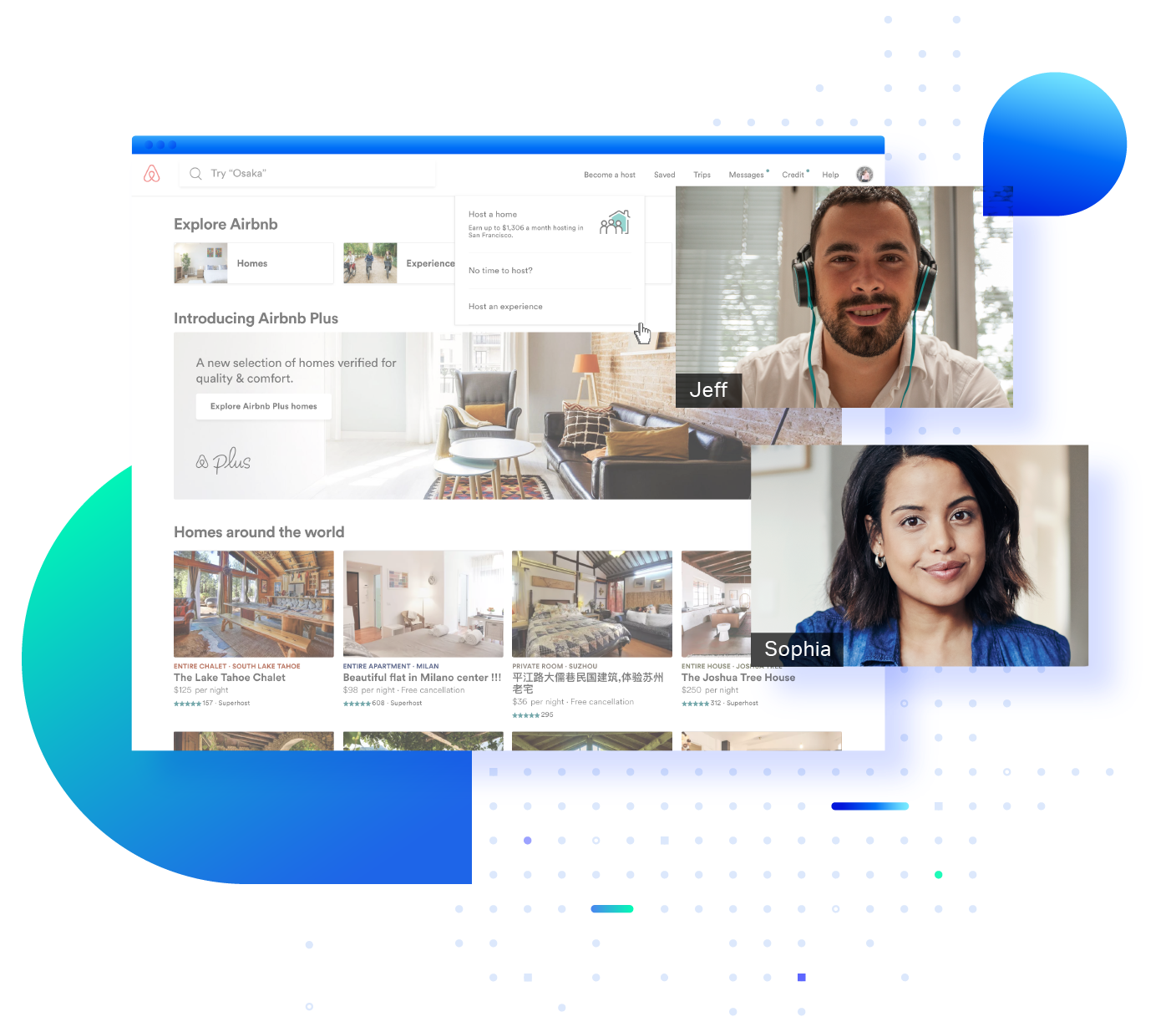
Only the right type of test will get you the results you need
Traditional usability testing has been conducted in-lab, but remote usability testing allows you to test more participants quicker for a much lower cost. When done correctly, it can be a secret weapon for teams who iteratively test and implement customer feedback.
As you learn how to conduct usability testing, you'll discover that every user research method has distinct advantages and disadvantages. Understanding the unique qualities and limitations of each approach will ensure that you’re getting the results you need to build better products and experiences for your customers.
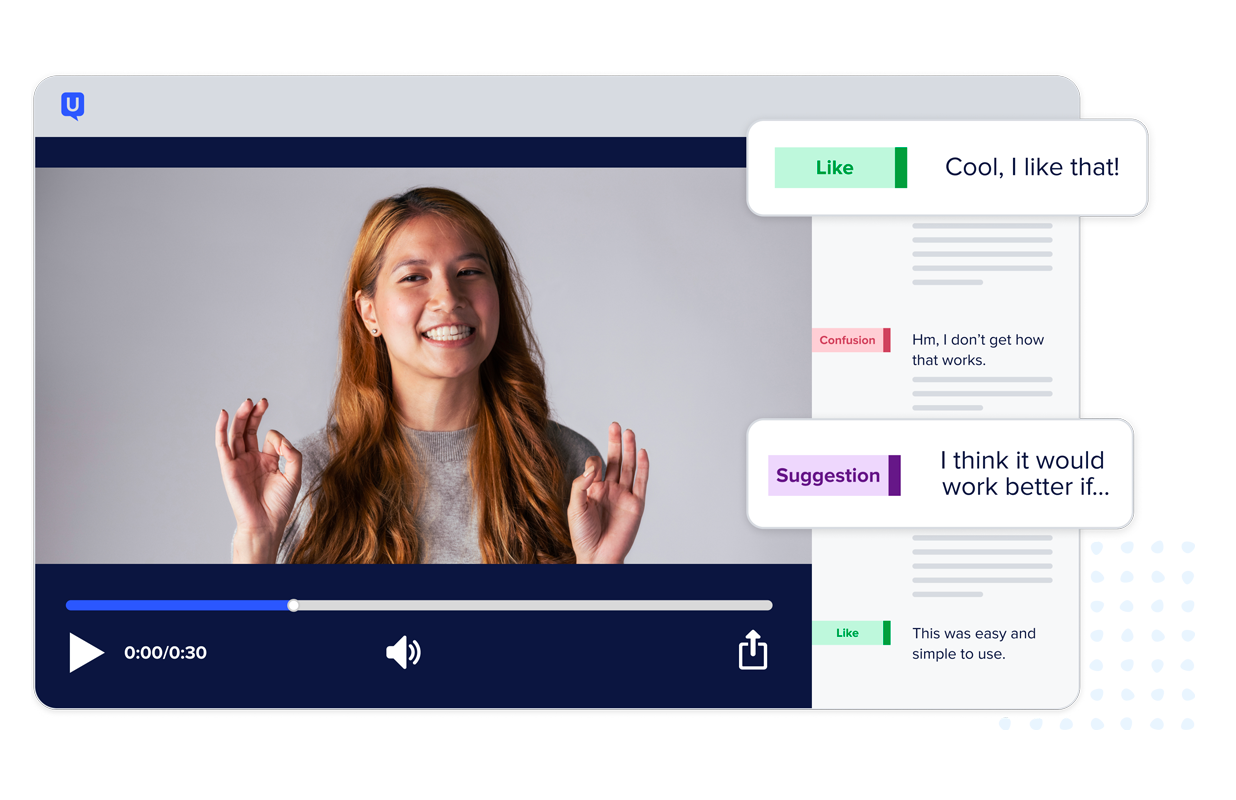
Unlock your customer insight ROI
Discover the hidden ROI of your customers' insights. Book a meeting with our Sales team today to learn more.


